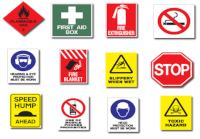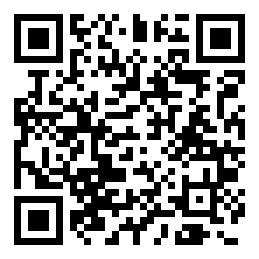QUALITATIVE REVIEW ON IMPROVING CONSTRUCTION SITE WORKERS’ BEHAVIOUR THROUGH VISUAL SAFETY COMMUNICATION
DOI:
https://doi.org/10.60787/jnamp.vol69no2.528Keywords:
Site Worker, Safety Behaviour, Visual CommunicationAbstract
Visual safety communication has long been recognized as one of the essential management tools for improving workers’ safety behaviour. This study seeks to investigate the extent Nigerian construction companies use this simple safety management tool to improve site worker safety behavior. Semi-structured interviews were conducted with site managers, supervisors and workers in five (5) selected construction companies within the Lagos State. Thematic analysis was adopted to present results findings. A walkabout was also carried out on large, medium and small construction sites within the area. The interviews result indicated that none of the small construction companies provided safety signages on their sites. Provision of safety signages on site is a responsibility of management to ensure workers’ safety. The study therefore, recommends that construction companies in respective of size should provide safety signages on site at strategic point for easy visibility to workers.
Downloads
References
Dong, X. and Platner, J.W. (2004) Occupational fatalities of Hispanic construction workers from 1999-2000, American Journal of Industrial Medicine, 45, 67-79.
Goetsch, D.L. (2013) Construction safety and health: 2nd edition. New Jersey, Prentice Hall.
Hughes, P. & Ferrett, E. D. (2010) Introduction to Health and Safety in Construction, Butterworth-Heinemann, Elsevier Linacre House, Jordan Hill Oxford 0X2 8DP, UK.
Health and Safety Executive (2010) Reducing error and influencing behaviour: HSG-48. HSE, Book.
International Labour organisation (ILO, 2010), ILO standard on occupational safety and health promoting safe and healthy working environment: Geneva, ILO.
International Labour Organisation (2011) Safety and health in construction, Geneva: ILO.
Naoum, S. (2011) People and organisational management in construction. 2nd ed. London: ICE Publishing.
Okorie, V.N. and Smallwood, J.J. (2012) The impact of poor communication skills on construction site health and safety performance in South Africa: In proceedings of CIB W099 International Conference on Modelling and Building Health and Safety (pp.589-598), Singapore.
Okorie, VN and Emuze, FA (2019) Safety communication and suggestion scheme. Construction Health and Safety in eveloping Countries. Edited by Manu, P, Emuze, F, Sauria, TA and Hadikusumo, BH. Routledge, Taylor & Francis Group, (pp.12)
Okorie, V. N. and Musonda, I. (2018) An investigation on supervisor’s ability and competency to conduct construction site health and safety induction training in Nigeria, International Journal of Construction Management, DOI: 10.1080/15623599.2018.1531808
Phoya, S. (2017) The practice of communication of health and safety risk information at construction sites in Tanzania, International Journal of Engineering Trends and Technology, Vol.7, 384-393.
Torrance, J.W.B. (2004) Globalisation and tends in International construction industry: A manager perspective, In proceedings of the International Conference on Globalisation and Construction: Meeting the Challenge and Reaping the Benefits (pp-17-29) Bangkok.
Vecchio-Sadus, A.M (2007) Enhancing safety culture through communication, Safety Science Monitor, Vol.11(3),12-24, Article 2.
Vazquez, R.F. & Stalnaker, C.K. (2006) Latino workers in the construction industry: Overcoming the Language barrier improves safety, Professional Safety, 24(2), 121-134.
World Health Organization (WHO) (2010) World Health organization Reports, Geneva: London

Downloads
Published
Issue
Section
License
Copyright (c) 2025 The Journals of the Nigerian Association of Mathematical Physics

This work is licensed under a Creative Commons Attribution-NonCommercial-ShareAlike 4.0 International License.




